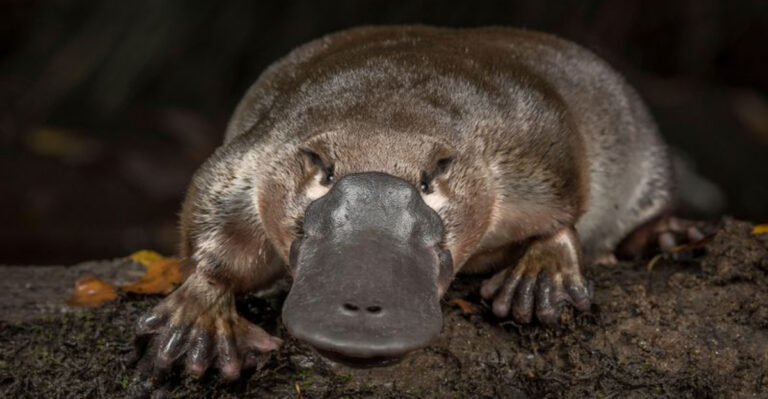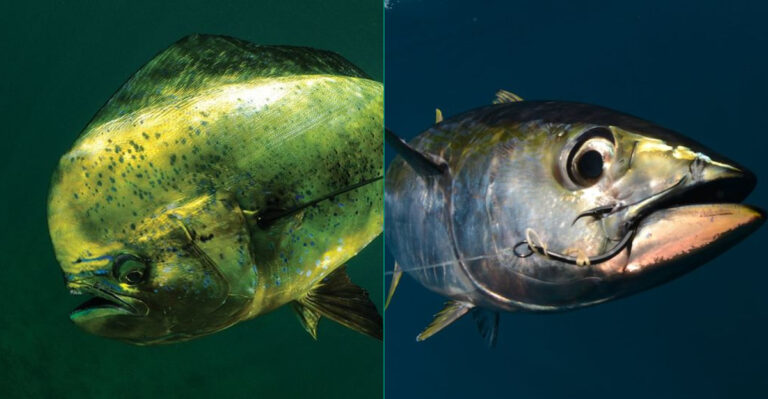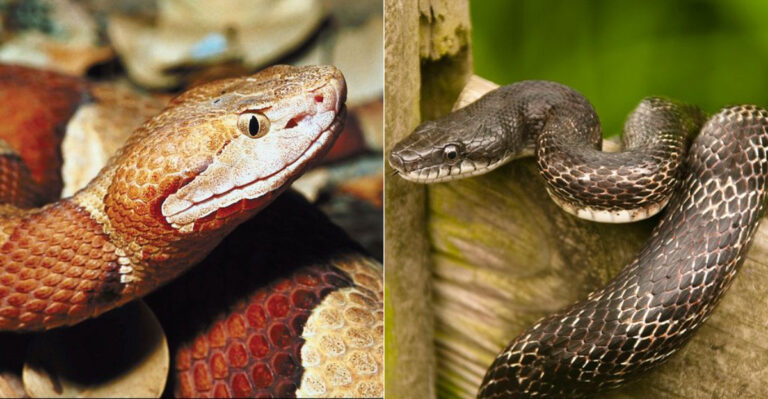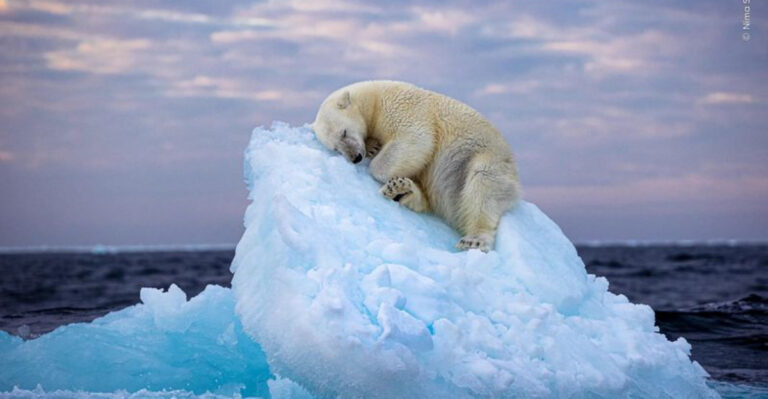9 Bear Species Ranked By How Dangerous They Are (And 3 Species That Use Cuteness As A Weapon)
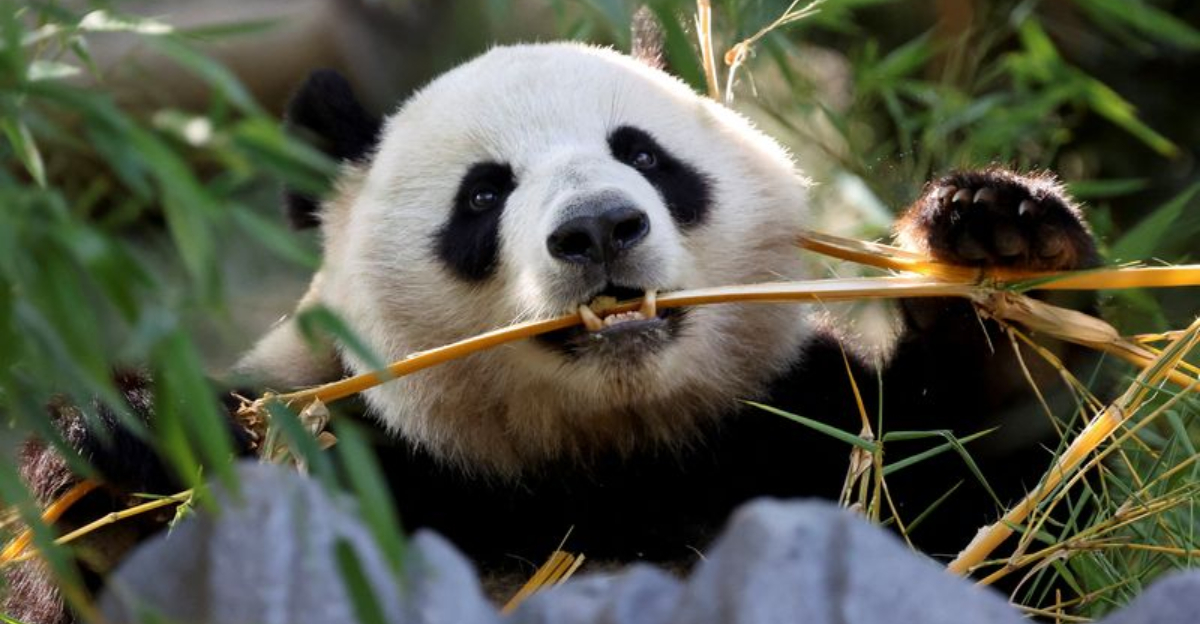
Bears captivate our imagination with their powerful presence and diverse personalities across different species.
From the formidable polar bear to the seemingly cuddly koala (not actually a bear!), these magnificent creatures inspire both fear and adoration. Join me as we explore which bear species pose genuine threats to humans and which ones rely on their adorable appearance to survive in the wild.
1. Polar Bears: The Arctic Assassins
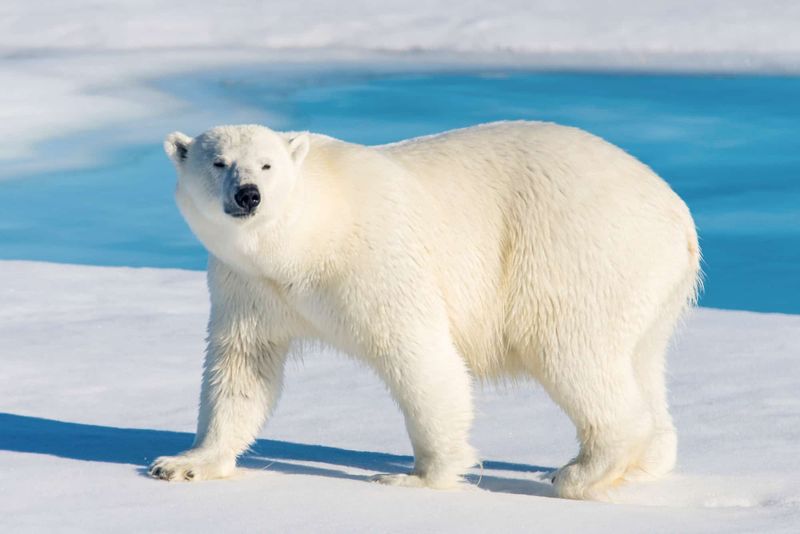
Polar bears reign as the most dangerous bear species on Earth. Unlike other bears, they actively hunt humans as prey when desperate enough. Their massive size—weighing up to 1,500 pounds—combined with lightning-fast reflexes makes them lethal predators.
Living in harsh Arctic conditions has hardwired these giants for survival at any cost. They can smell seals (or humans) from miles away and possess enough strength to decapitate prey with a single swipe.
2. Grizzly Bears: Territorial Titans

Mother grizzlies defending cubs create some of the deadliest encounters in North America. These chocolate-brown behemoths can charge at 35 mph—faster than Olympic sprinters—and possess jaws powerful enough to crush bowling balls.
Their unpredictable nature makes them particularly dangerous. A grizzly might ignore humans one moment, then launch a devastating attack the next, especially if surprised on a trail or near a fresh kill.
3. Sloth Bears: Deceptively Aggressive
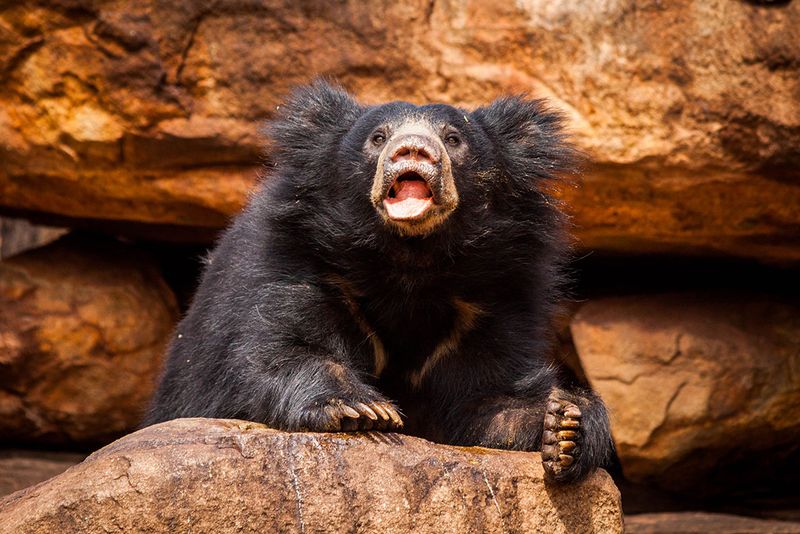
Don’t be fooled by their shaggy, disheveled appearance. Sloth bears rank among the most aggressive bears toward humans, responsible for more attacks in India than tigers. Their specialized diet of termites equipped them with powerful claws and a lack of upper incisors.
When threatened, they don’t hesitate to charge. Their unique fighting style—standing on hind legs while targeting the victim’s face—makes encounters particularly gruesome, often resulting in severe facial injuries or death.
4. Himalayan Black Bears: Mountain Menaces
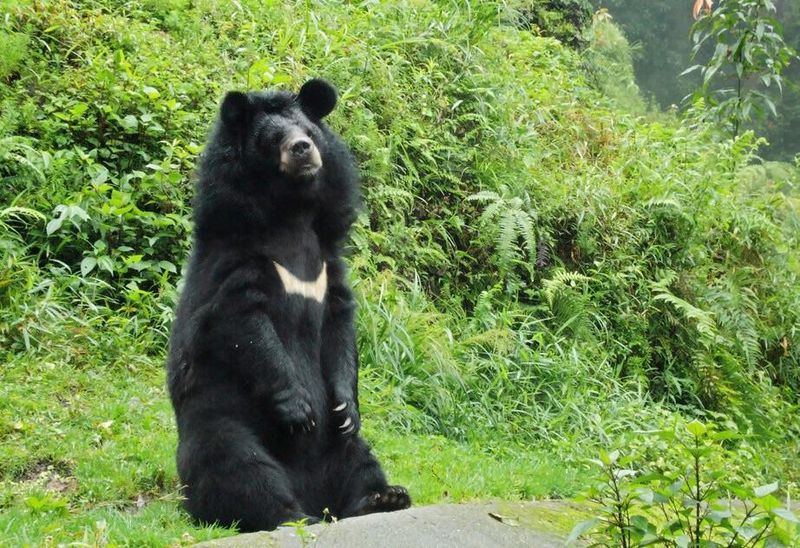
Nicknamed “demon bears” by locals in Nepal and India, Himalayan black bears have earned a fearsome reputation. They’re known for unprovoked attacks and have even been documented stalking humans through mountain villages.
Their distinctive white chest marking—resembling a V or Y shape—serves as a warning sign. These bears possess exceptional climbing abilities and often ambush from trees. Their attacks frequently target the face and head, leaving survivors with devastating injuries.
5. American Black Bears: Surprisingly Deadly
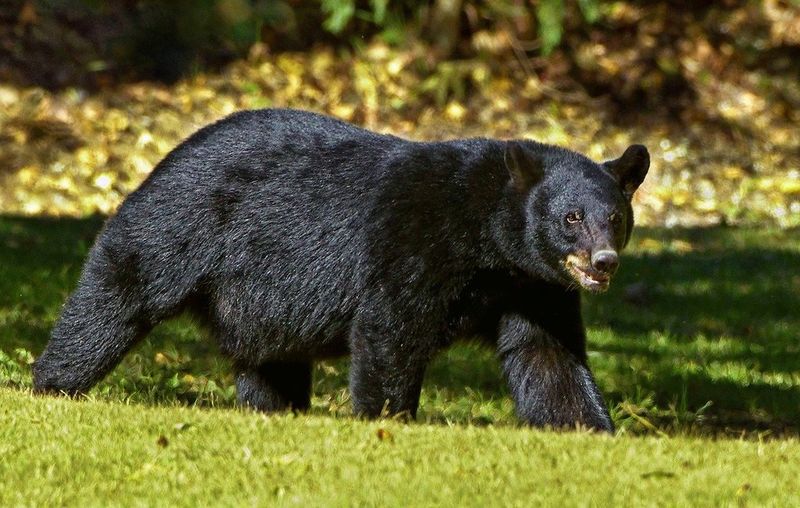
Though typically less aggressive than their brown cousins, American black bears still cause fatal attacks every year. What makes them dangerous is their abundance and proximity to human settlements across North America.
Black bears can weigh up to 600 pounds and run at 30 mph. Their intelligence shouldn’t be underestimated—they remember food sources and learn to associate humans with easy meals, creating potentially dangerous encounters when they lose their natural fear.
6. Brown Bears: European Powerhouses
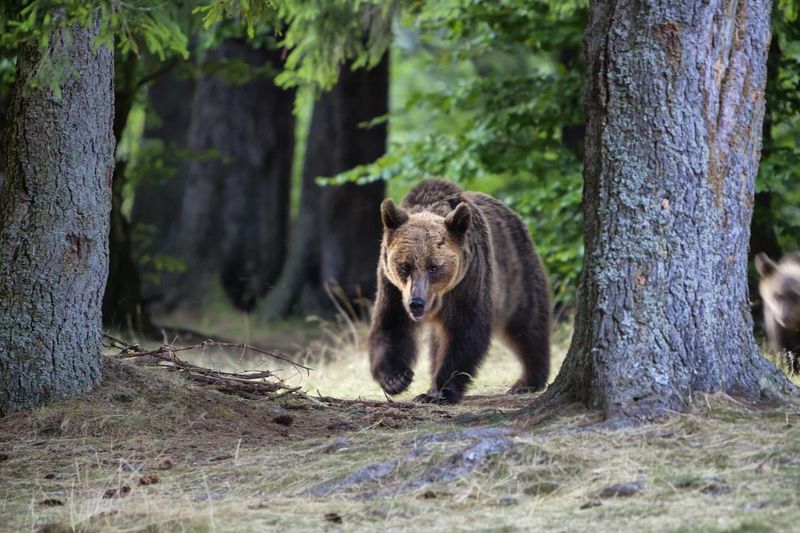
European brown bears might appear less intimidating than Alaskan grizzlies, but they’re equally capable of deadly attacks. These bears have adapted to human-populated areas throughout Europe, making encounters increasingly common in countries like Romania and Finland.
Males can weigh over 700 pounds with massive paws containing 4-inch claws. Though typically shy, they become extremely dangerous when protecting food sources or cubs, and their powerful sense of smell means they can detect human presence long before we spot them.
7. Sun Bears: Small But Fierce
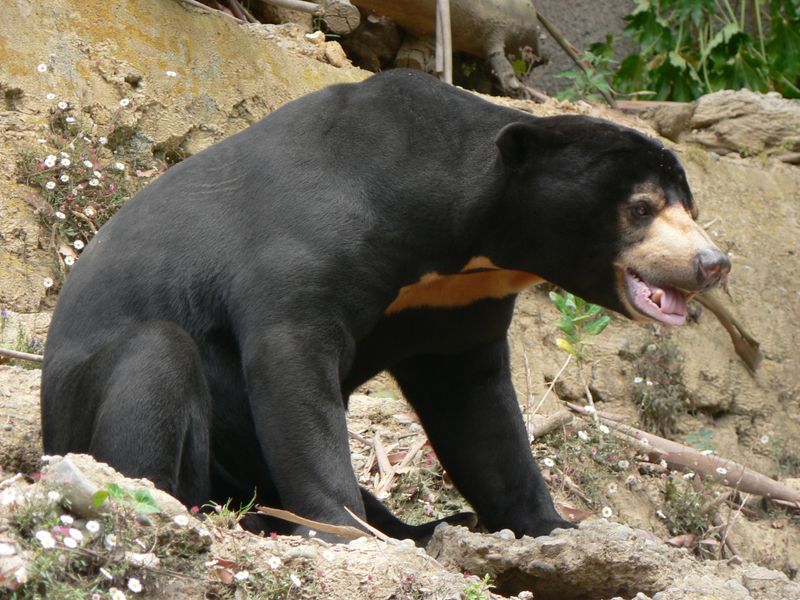
Don’t let their small stature fool you! The sun bear—smallest of all bears—packs surprising aggression into its compact frame. Native to Southeast Asian rainforests, these bears sport incredibly long claws designed for tearing apart trees to reach honey and insects.
Their unpredictable temperament makes them particularly dangerous. Even professional handlers consider them among the most aggressive bear species in captivity. When cornered, they fight with remarkable ferocity, using their agility and sharp teeth to inflict serious wounds.
8. Andean Bears: Elusive Mountain Dwellers
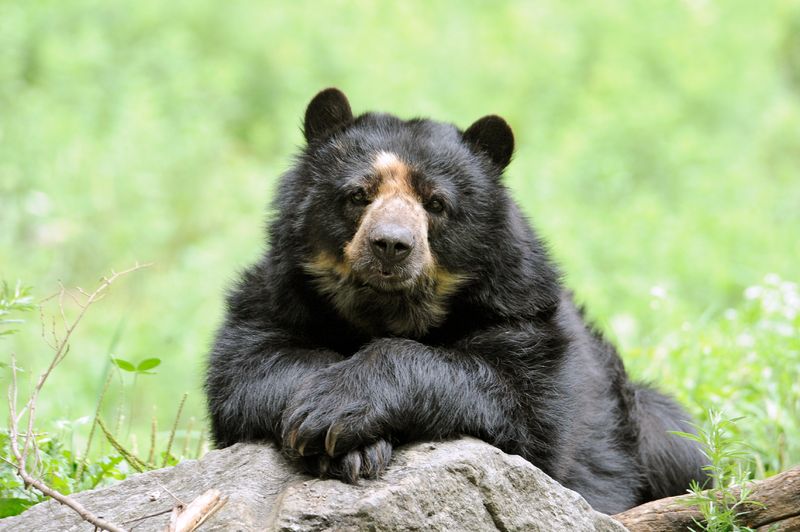
South America’s only native bear species rarely attacks humans, but when encounters occur, they can turn dangerous quickly. These bears—also called spectacled bears for their distinctive facial markings—typically avoid human contact in their mountainous habitats.
Their powerful build and strong jaws evolved for consuming tough vegetation and occasionally small mammals. When threatened, they display remarkable climbing abilities to escape danger. However, habitat loss increasingly pushes them into conflict with local farmers, resulting in defensive attacks.
9. Asiatic Black Bears: The Tree Climbers
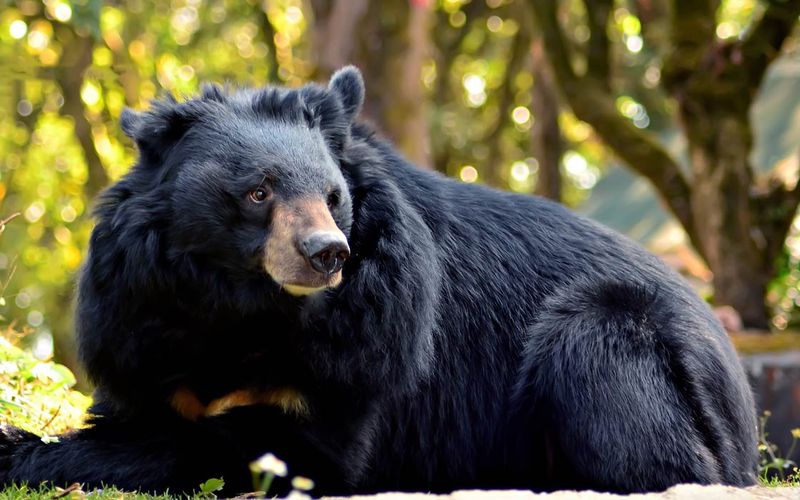
Featuring a distinctive white chest blaze shaped like a V, Asiatic black bears rank among Asia’s most dangerous wildlife. Their remarkable climbing abilities earned them the nickname “moon bears” as locals claimed they could climb as high as the moon to escape danger.
These bears possess extraordinary strength for their size—capable of tearing apart bee hives and termite mounds with ease. When threatened, they become exceptionally aggressive, often charging without warning. Their attacks typically target the head and face, causing distinctive, often fatal injuries.
10. Panda Bears: Bamboo-Munching Charmers
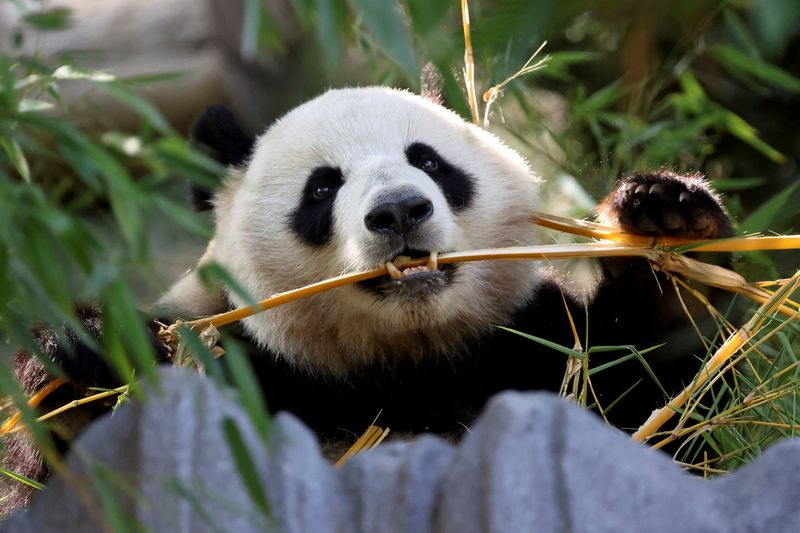
Don’t be fooled by their cuddly appearance! Giant pandas possess the jaw strength and bite force of any predatory bear. These iconic black-and-white bears evolved from carnivorous ancestors and retain powerful muscles despite their vegetarian lifestyle.
While panda attacks remain extremely rare, these bears can become aggressive when startled. Their primary defense mechanism? Looking absolutely adorable! Their distinctive markings and roly-poly appearance trigger human protective instincts, which has helped fuel conservation efforts and made them global conservation ambassadors.
11. Spectacled Bears: The Gentle Climbers
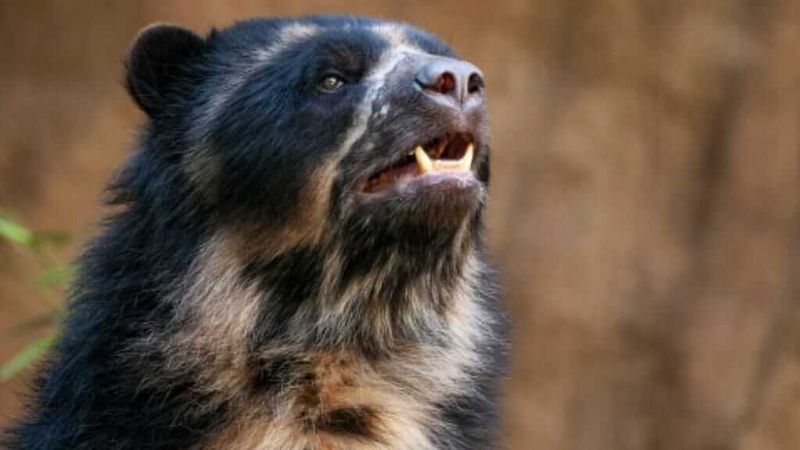
With their distinctive markings that give the appearance of wearing glasses, Spectacled Bears are the only native bear species of South America. They are known for their shy and reclusive nature, preferring the dense forests of the Andes.
Despite their shy demeanor, these bears are skilled climbers.
They spend a substantial amount of time in trees, foraging for fruits and leaves. This arboreal lifestyle helps them avoid predators and find food in their mountainous habitat.
12. Gobi Bears: Desert Survivors
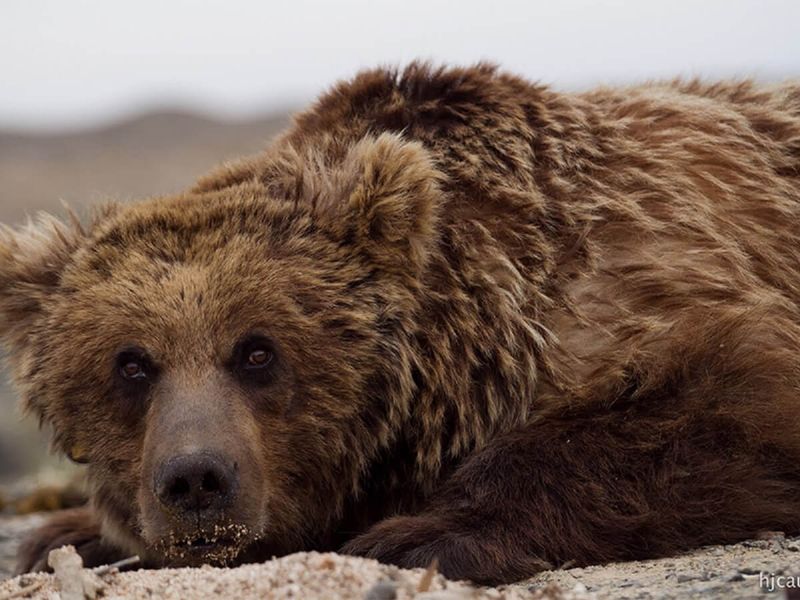
Gobi Bears are a critically endangered subspecies of the Brown Bear, residing in the harsh conditions of the Gobi Desert. With only a few dozen left, they are one of the rarest bears in the world.
Adapted to their arid surroundings, Gobi Bears subsist on scant vegetation and are known for their remarkable resilience.
Their ability to survive in such an unforgiving climate is a testament to their evolutionary adaptability.

